News Beat
News Beat reporting is an idrw.org initiative to let our Readers to report News Based on Actual facts but some how has not been reported in Main Stream Media .
SOURCE: RAUNAK KUNDE / NEWS BEAT / IDRW.ORG

The Indian government is turning to the country’s private sector for the development of small gas turbines with thrust capabilities of 40 and 80 Kgf (Kilogram-force) for an upcoming Lottery ammunition program. These engines are envisioned as single-shaft turbine jet engines featuring a one-stage radial compressor, radial and axial diffuser, annular combustion chamber, one-stage axial turbine, and outlet nozzle.
In comparison, the Gas Turbine Research Establishment (GTRE) that developed the STFE engine, boasts a thrust capacity of 425 Kgf. This engine is intended for use in a 1-ton subsonic cruise missile program.
Continue readingSOURCE: RAUNAK KUNDE / NEWS BEAT / IDRW.ORG
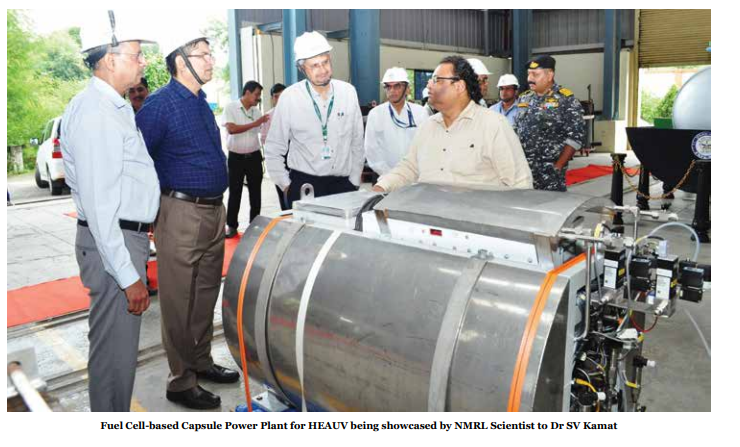
In a significant development for India’s naval capabilities, Dr. SV Kamat, Secretary of Defense Research and Development (DD R&D), and Chairman of the Defense Research and Development Organization (DRDO), recently paid a visit to the Naval Materials Research Laboratory (NMRL) in Ambernath. The primary purpose of this visit was to assess the progress of various projects undertaken by NMRL, with a particular focus on the ‘Fuel Cell-Based Air Independent Propulsion System (AIP) for Indian Naval Submarines.’
Dr. Kamat was warmly welcomed by Shri PT Rojatkar, OS & Director of NMRL, and the visit began with a comprehensive briefing on the status of the AIP program, as well as updates on other ongoing projects. The respective project teams provided detailed presentations, shedding light on the significant milestones achieved in these vital defence initiatives.
Continue readingSOURCE: RAUNAK KUNDE / NEWS BEAT / IDRW.ORG
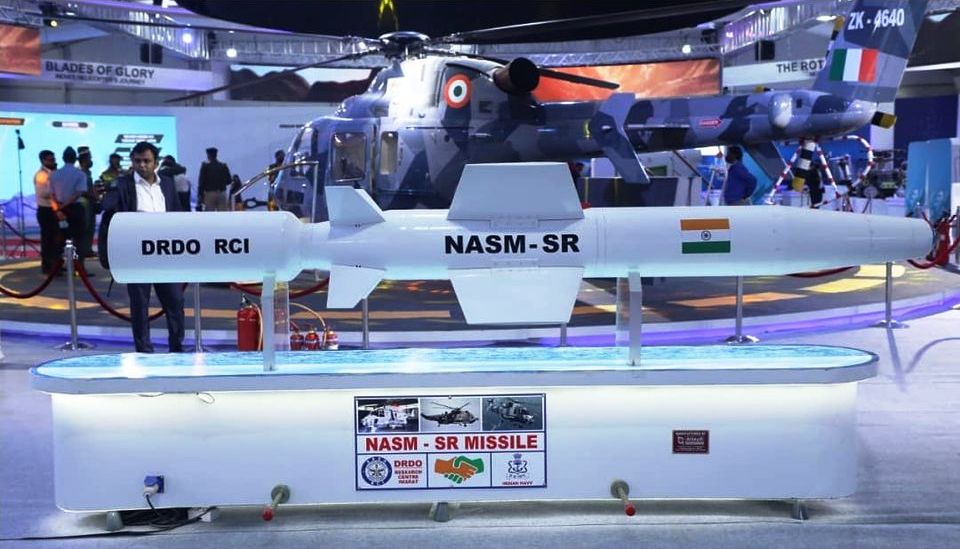
In the realm of cutting-edge aerospace technology and missile development, precision is paramount. The National Aerospace Laboratories (NAL) in India is leading the charge in the design and fabrication of wind tunnel models for the NASM-MR cruise vehicle, a subsonic cruise missile with applications in both ground and air launch scenarios. This endeavour represents a crucial step in fine-tuning the aerodynamic characteristics of this remarkable missile.
The NASM-MR, or New Generation Anti-Radiation Missile-Medium Range, is a subsonic cruise missile developed by the Defence Research and Development Organization (DRDO) in India.
Continue readingSOURCE: RAUNAK KUNDE / NEWS BEAT / IDRW.ORG

The Tejas MkII program has reached a pivotal stage as the Aeronautical Development Agency (ADA) is gearing up to place orders for components and parts crucial to the development and testing of four Tejas Mk2 aircraft. This significant move follows ADA securing an impressive 80 per cent Transfer of Technology (ToT) for the F-414 engines, setting the stage for the program’s advancement.
ADA had already initiated orders for smaller components earlier this year. Now, the program’s focus is shifting towards larger components as the necessary funds have started flowing in. To expedite production, many private sector companies involved in manufacturing the fuselage for the Tejas Mk1A program have been enlisted. Detailed designs have been shared, and contracts for the initial manufacturing of wings, front, mid, and rear fuselage components for the Tejas MkII program are set to be executed soon.
Continue readingSOURCE: RAUNAK KUNDE / NEWS BEAT / IDRW.ORG

In a significant move towards modernizing its fleet and embracing sustainable mobility, the Indian Army has issued a Request for Information (RFI) to procure approximately 423 electric motorcycles. These eco-friendly two-wheelers are slated to serve in the Peace Establishments and Units deployed in the plains and semi-hilly terrains across India.
The Ministry of Defence, under the Government of India, has set its sights on electric mobility, aligning with the nation’s larger commitment to reducing its carbon footprint. This endeavour not only represents a green shift but also a forward-looking approach to technological advancement in the realm of military transport.
Continue readingSOURCE: RAUNAK KUNDE / NEWS BEAT / IDRW.ORG
In a significant move to bolster its air defence capabilities, India is progressing swiftly with Project Kusha, a mission aimed at developing a state-of-the-art air defence system that rivals the effectiveness of the renowned S-400 system. This visionary initiative, greenlit by the Cabinet Committee on Security in May 2022, is now in full swing and has garnered considerable attention.
Project Kusha encompasses a multifaceted approach to enhance India’s air defence capabilities. The defence ministry recently granted the much-anticipated Acceptance of Necessity (AoN) for the acquisition of five squadrons of this advanced system, designed specifically for the Indian Air Force (IAF). This pivotal development comes with an estimated budget of Rs 21,700 crore, signifying the nation’s commitment to building a formidable defence infrastructure.
Continue readingSOURCE: RAUNAK KUNDE / NEWS BEAT / IDRW.ORG

The Aeronautical Development Agency (ADA) is taking significant steps to enhance the capabilities of the Light Combat Aircraft (LCA) Air Force Mk2. ADA has entered into collaboration with Safran Data Systems, a reputable French company, to facilitate software modifications for Unified Video Cum Digital Recorder (UVDR) Airborne Units and Ground Replay System (GRS).
This partnership aims to cater to additional requirements for the LCA Air Force Mk2, which is a crucial advancement in India’s defence technology.
Continue readingSOURCE: RAUNAK KUNDE / NEWS BEAT / IDRW.ORG

In a significant move towards self-reliance and indigenous defence production, India is embarking on the manufacturing of advanced missiles used in the Indian Air Force’s (IAF) formidable Su-30 MKI aircraft. With the Atmanirbhar (self-reliant) scheme taking centre stage, there is a pressing need to produce these missiles within the country. This initiative aligns with the “Make III” procedure outlined in Chapter III of the Defense Acquisition Procedure 2020 (DAP 2020).
The R-27 ET1 missiles are vital components of India’s air defence capabilities, designed for use with the Su-30 MKI aircraft. IAF is planning to buy approximately 200, with a primary focus on enhancing air combat capabilities.
Continue readingSOURCE: RAUNAK KUNDE / NEWS BEAT / IDRW.ORG
The Indian Air Force (IAF) is set to play a more hands-on role in the Tejas MkII Program as it assumes responsibility for the integration phase of weapons testing. This marks a shift from the Tejas Mk1A Program, where the Aeronautical Development Agency (ADA) and Hindustan Aeronautics Limited (HAL) handled weapons testing, including the Initial Operational Clearance (IOC) and Final Operational Clearance (FOC) configuration testing.
In the Tejas MkII Program, the focus will be on successful integration testing and safe separation releases of weapons systems. The IAF, in collaboration with ADA and HAL, will clear weapons systems based on hardware and software integration, as well as results obtained from computer simulations.
Continue readingSOURCE: RAUNAK KUNDE / NEWS BEAT / IDRW.ORG
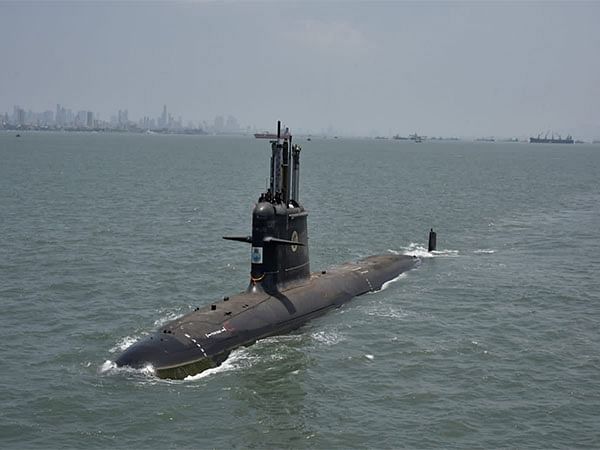
India’s state-owned Mazagon Dock Shipbuilders Limited (MDL) has initiated discussions with the French Naval Group regarding the procurement of three additional Advanced Scorpène class submarines for the Indian Navy. This move is part of a broader effort to bolster India’s naval capabilities, following the successful delivery of six Scorpène class submarines (Kalvari) to the Indian Navy.
These three additional Advanced Scorpène class submarines are expected to come for 10,000 crores each. The increased expense is due to several enhancements made to the submarines, including the incorporation of additional Air-Independent Propulsion (AIP) system plugs and the integration of advanced Lithium-ion battery packs. Furthermore, various changes in submarine sensors and equipment have contributed to the elevated price.
Continue readingSOURCE: RAUNAK KUNDE / NEWS BEAT / IDRW.ORG
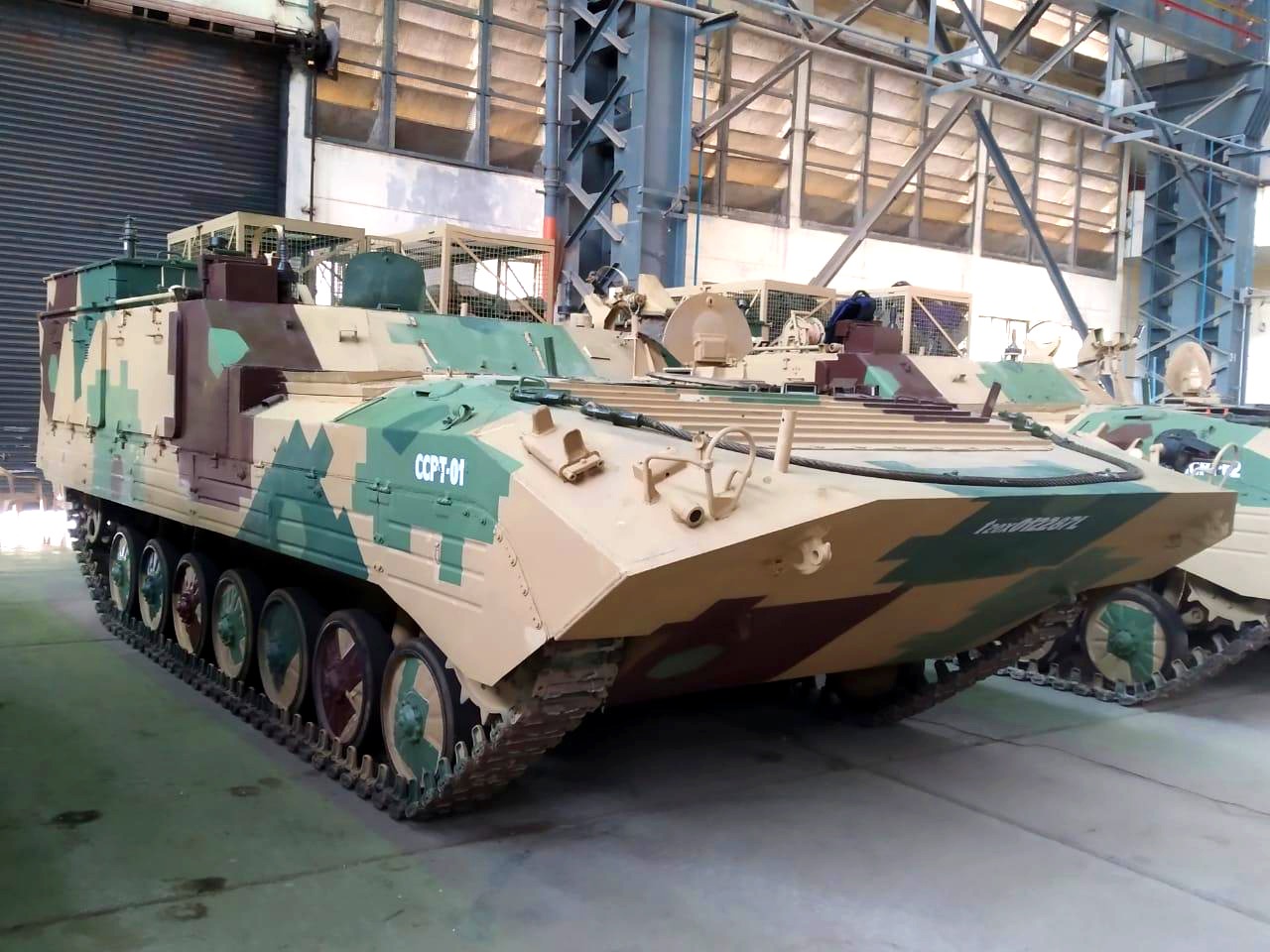
In a significant development, the Ordnance Factory Medak is set to roll out the Carrier Command Post Tracked (CCPT) vehicles on October 30. These highly specialized vehicles are designed to perform crucial tactical and technical fire control functions, ensuring the effective deployment of Self-Propelled (SP) Artillery guns.
The CCPT vehicles play a pivotal role in modern warfare scenarios, enhancing the capabilities of military forces in terms of operational control and strategic deployments. These vehicles represent a noteworthy modification of the Infantry Combat Vehicle BMP-II, specifically engineered to meet the demands of contemporary military operations.
Continue readingSOURCE: RAUNAK KUNDE / NEWS BEAT / IDRW.ORG
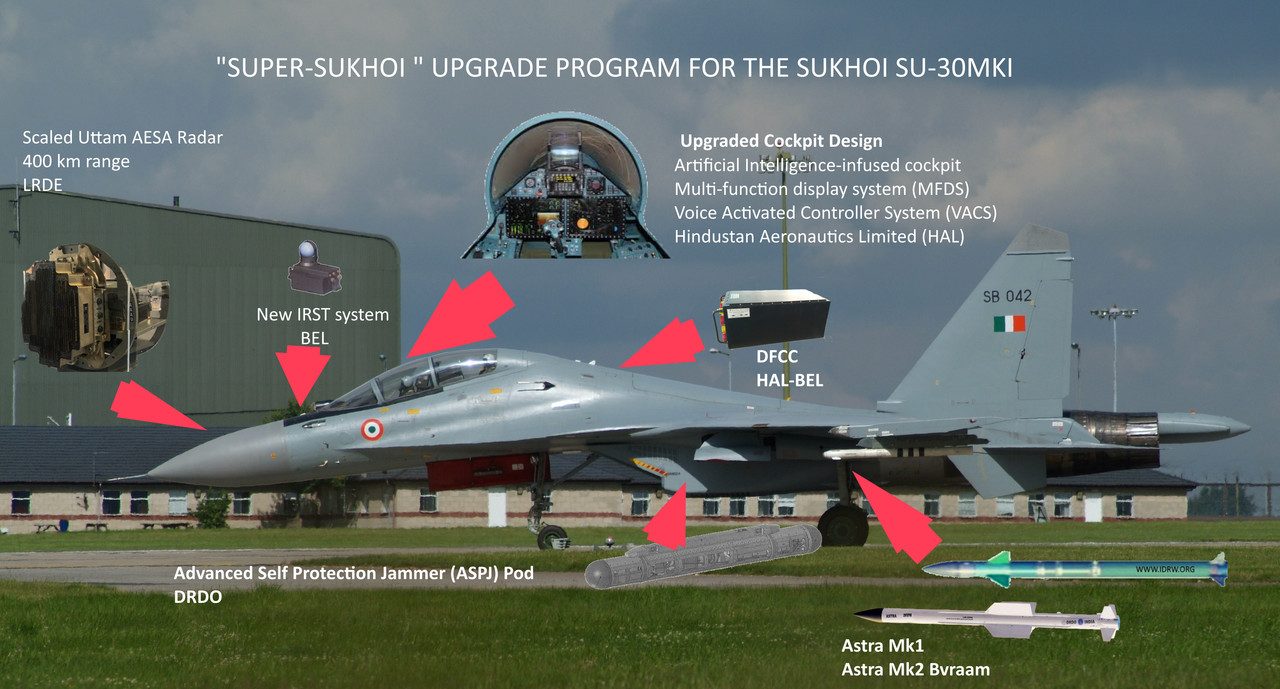
As Russia’s after-sales support for Su-30MKI/MKK/MKA operators diminishes, India is eyeing not only overhaul orders from countries with Sukhoi Su-30MKI fighters but also orders for mid-life upgrades for these platforms. According to sources familiar with the matter, told idrw.org that several nations operating Russian-origin Su-30MKI-based variants have been in contact with Hindustan Aeronautics Ltd. (HAL) and closely monitoring the “Super-30” upgrade program.
The “Super-30” upgrade initiative aims to modernize India’s current fleet of over 270 Su-30MKI fighters by replacing Russian-origin equipment and systems with Indian-made counterparts. This overhaul includes significant hardware upgrades to the aircraft, such as the integration of the Uttam AESA Radar, advanced Electronic Warfare (EW) systems, enhanced weapons systems, a modern Mission Control Computer, Infrared Search and Tracking (IRST) capabilities, digital cockpit, and various other systems.
Continue readingSOURCE: RAUNAK KUNDE / NEWS BEAT / IDRW.ORG
The development of India’s Twin Engine Deck-Based Fighter (TEDBF) has reached a crucial juncture as the program undergoes a series of design changes to meet the specific requirements of the Indian Navy. These changes include enhancements to the aircraft’s frontal Radar Cross Section (RCS) measures and the addition of three semi-recessed missile bays, a significant design adaptation that has not been seen in scaled models showcased till now.
The TEDBF program is closely monitored by the Naval Project Office located in Bengaluru, which was initially established to coordinate the development of the Light Combat Aircraft (Navy), or LCA (N). TEDBF, a canard delta wing, twin-engine, carrier-based, multirole combat aircraft, is being classified as a “5th generation minus” fighter by Dr. Girish S Deodhare, Director General of the Aeronautical Development Agency (ADA), which is overseeing the program.
Continue readingSOURCE: RAUNAK KUNDE / NEWS BEAT / IDRW.ORG
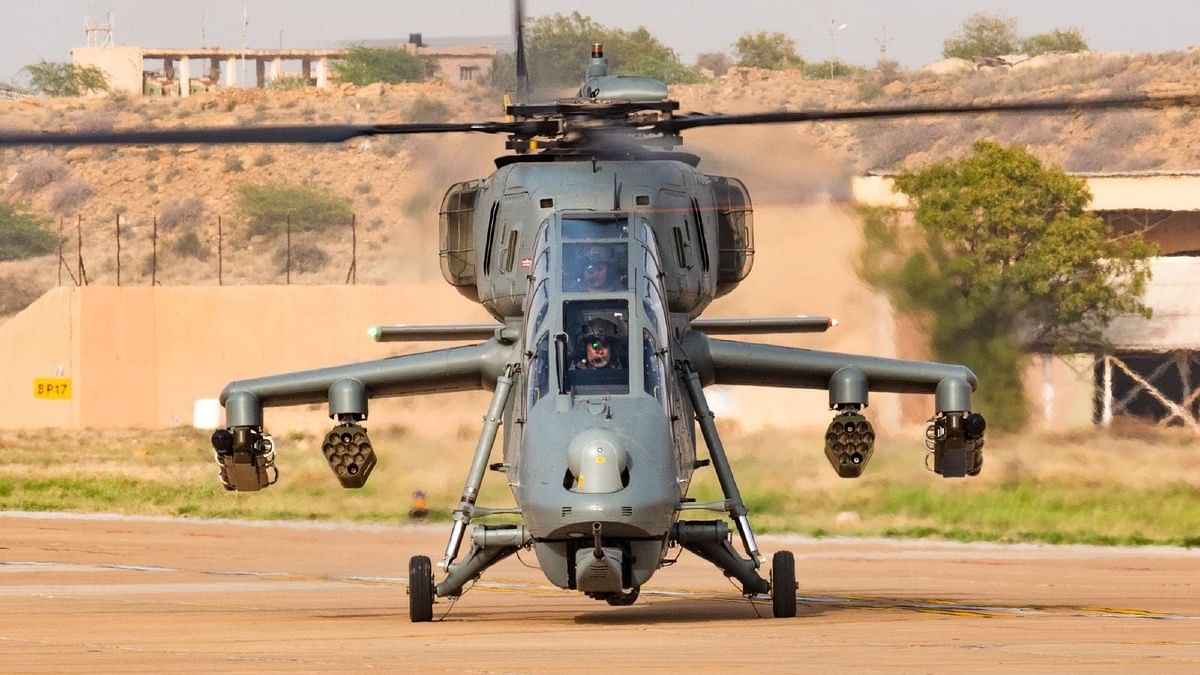
In modern warfare, the role of attack helicopters has evolved significantly. The recent experiences in conflicts such as the Ukraine War have highlighted the vulnerabilities of advanced attack helicopter systems. As the Indian Army and Indian Air Force (IAF) plan to procure a significant number of indigenous Light Combat Helicopters (LCH), they are also focused on equipping these helicopters with advanced weapons and technologies to reduce vulnerability and increase their effectiveness on the battlefield.
Recent reports from the Ukraine War have raised concerns about the vulnerability of attack helicopters. Russian Ka-52 Attack Helicopters, known for their advanced capabilities, have been experiencing significant losses. These helicopters are becoming increasingly susceptible to short-range surface-to-air missile systems and modern air defence systems. Flying at low altitudes, once a successful tactic, is no longer as effective, and it has become imperative to enhance the protection and capabilities of attack helicopters.
Continue readingSOURCE: RAUNAK KUNDE / NEWS BEAT / IDRW.ORG

The Indian Air Force (IAF) is gearing up to procure 114 fighter jets under the Multi-Role Fighter Aircraft (MRFA) tender, and the competition is heating up. Recent reports by “The Print” have revealed that three contenders have emerged as the top candidates to supply these aircraft. Boeing’s F-15EX, Saab’s Gripen-E, and Dassault’s Rafale are vying for this prestigious contract. This race has brought back memories of a previous competition in 2012, where the Eurofighter Typhoon was a front-runner in a now-cancelled tender for 126 jets under the Medium Multi-Role Combat Aircraft (MRCA) program.
In the 2012 MRCA competition, the Eurofighter Typhoon, alongside the Dassault Rafale, was one of the top contenders. The Eurofighter successfully cleared all technical evaluation rounds, showcasing its impressive capabilities. However, the Eurofighter ultimately lost the contract bid to the Rafale due to pricing. Dassault, the French firm behind the Rafale, emerged as the lowest bidder for the $10 billion contract, securing the deal.
Continue reading